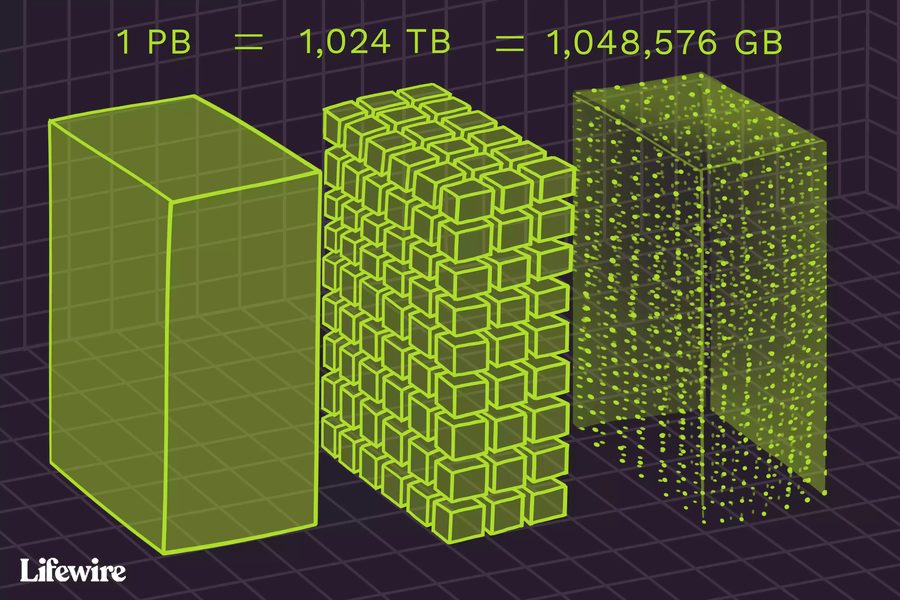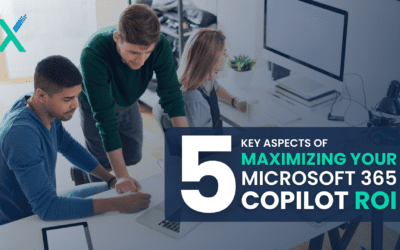If you’ve researched databases at all, you’ve probably heard of Microsoft’s SQL Server. This program makes database management quick, efficient, and simple. But getting started with SQL can seem far from straightforward. In order for your SQL Server to work correctly, you need to consider a number of things. This means having the right operating system, appropriate hardware, supported visualization technologies, the proper container platforms, and more. Read on to learn about how to navigate SQL Server requirements to get – and keep – your system working the right way.
What is SQL?
At its core, Microsoft SQL Server is a database management system. It works to store and retrieve data when you need it, allowing you to run reports or check information. This data can be stored locally on the machine generating the report request or on a different computer on the same network. One of the big benefits of Microsoft SQL is its versatility. Microsoft supports several versions that are geared towards a variety of different audiences and workloads. Their support levels range from single-machine operations to large internet-facing applications with dozens of users.
Mainstream Editions
There are several mainstream editions of SQL Server currently available. The Standard edition includes the core database engine and the stand-alone services Microsoft offers. If you upgrade to the Enterprise edition, you get the ability to manage databases as large as 524 petabytes. You might be wondering how big is a petabyte? It’s over one million gigabytes of data!

Microsoft also offers a Web version of the SQL Server, along with a Workgroup Server that leaves off the additional services from Microsoft. Their Business Intelligence version includes all the Standard capabilities, and PowerPivot, Power View, the BI Semantic tool, and more. And their Express Edition is the free version that’s limited to one processor, one gigabyte of memory, and ten gigabytes of database files.
Specialized Editions
There are also some more specialized editions of SQL Server for people who need them. Microsoft Azure SQL Database, for instance, is the cloud platform version of SQL Server. If you want to play with the capabilities of SQL without using the software as a production server, you can get a Developer license.
The Compact Edition of SQL Server is an embedded database engine that is based on SQL Mobile. Their Fast Track Edition is designed for enterprise-scale data warehousing storage and business intelligence processing. And they have a variety of other more specialized versions, including Embedded, Evaluation, LocalDB, Analytics Platform System, and more.
How it Works
When you start up SQL Server, there is a protocol layer that implements the external interface. Every operation in SQL Server goes through a Microsoft-defined format called Tabular Data Stream. From there, TDS sends your request to the database server, whether that be on your local machine or on a different machine on the network.
When your machine sends the request to the SQL database server, it uses your query to find the right table of information. It pulls up the information you asked for and sends it back to your machine. This ability to sort through data quickly and easily can cut down on the time you spend waiting for queries to return by a ton.
Benefits
One of the biggest benefits of getting started with SQL Server is that there is optional data encryption built right in. Depending on what data you’re working with, you may have specific security requirements you have to meet to stay within regulations. SQL can help you do that with just the click of a button.
SQL Server also integrates with the rest of the Microsoft products, including the Microsoft Office Suite. The program provides database capabilities to companies that are working on tighter budgets. And even though SQL Server can support very large databases, it can also use top-of-the-line database compression to reduce the size of those databases.
Supported Operating Systems
Given that Windows is the Microsoft operating system, it shouldn’t come as a surprise that getting started with SQL Server is supported on most editions of Windows. Starting at Windows 10 and earlier, you can expect to start having some incompatibility issues with certain issues of SQL Server. However, the Developer, Standard, and Express versions of SQL Server are compatible with every Windows OS back to Windows 8.
In SQL Server versions 2017 and newer, you can run the program on a Linux operating system. You can also install SQL Server Big Data Cluster 2019 and later on Kubernetes. But there is no version of SQL that will run on an iOS platform, so if you’re on a Mac, you must install a second operating system.
Supported Hardware
Because SQL Server is running such large databases, your server has to be of a certain caliber to keep up. In particular, your processor and memory have to run at a certain speed to support SQL Server.
For the Express Editions of SQL Server, have at least 512 megabytes of memory. All the other editions need at least one gigabyte and recommend four gigabytes.
At a minimum, you need to be running an x64 processor at 1.4 gigahertz for all editions of SQL Server. But Microsoft recommends you run a processor that can handle two gigahertz or more for optimal performance.
Supported Virtualization Technologies
If you’re running a hypervisor, that’s certified through the Server Visualization Validation Program, you can run SQL Server on it. Microsoft Hyper-V is the easiest visualization technology to run SQL Server on. You may also use some hypervisors published through supported host operating systems. OpenStack, RHEV, KVM, Xen and ESX will all work with SQL Server. If you’re running a Linux virtual machine on Hyper-V, you need to make sure you have the supported LIS Driver. Microsoft will also support SQL Server installations on cloud infrastructure services like Azure Visual Machine, Google Cloud, and Amazon EC2.
Supported Container Platforms
If you plan on getting started with SQL Server on a Linux container, there are some special considerations you may need to take. SQL Server runs in the user space of a Linux container, so its dependencies make calls to the underlying host operating system and its kernel. And since different Linux operating systems come with different user-space applications, you may need to check a few compliances.
You should make sure your SQL Server container OS matches the container host OS in terms of major version and distribution. You should also make sure the deployment supports the same set of platforms as in non-containerized workloads. For instance, you’ll do fine running SQL Server 2019 on Red Hat 7.x containers running a Red Hat 7.x host.
Supported File Systems
Depending on which operating system you install SQL Server on, you may need to install different file systems. These will be based on the volumes that store the database files and program binaries.
If you install any edition of SQL Server on any Windows operating system, you must use one of two file systems. NTFS and ReFS are the accepted file systems for this setup.
If you install SQL Server on a Linux machine, neither NTFS nor ReFS will work for you. Instead, you must use either EXT4 or XFS for your file system.
Learn More About Getting Started with SQL
Microsoft’s SQL Server can be an amazing tool for managing your databases. But the key to success is to have the right SQL Server support set up. Check the guidelines we’ve outlined here and the rest of the Microsoft requirements and make sure you’re following the recommended setup guidelines.
If you are getting started with SQL Server but feel like you’re missing some SQL skills, schedule some time to chat with us at IncWorx. We are here to make sure your SQL deployment goes smoothly. Contact us today to increase productivity, expand expertise, and transform your process.



